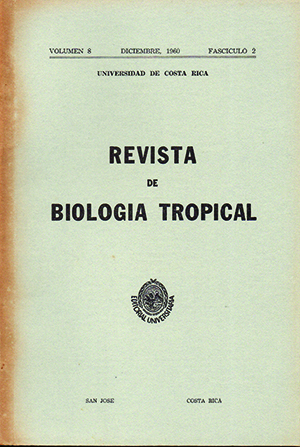Abstract
One-year old coffee trees (Coffea arabica var. typica) grown in the field were transplanted to the greenhouse to nutrient solutions lacking nitrogen, potassium, magnesium, boron, and manganese.
The deficiency symptoms were corroborated by leaf analysis. Nitrogen-deficient plants were stunted and showed strong chlorosis in the older leaves. Iron and sulphur content in these leaves was high and man ganese relatively low.
Potassium deficiency in the older leaves was characterized either by the development of a necrotic strip at the margin of the leaves or by necrotic areas scattered over the leaf-blade. Potassium deficient plants were high 10 magnesium, phosphorus, and manganese.
The lack of magnesium caused the following outstanding symptoms in the older leaves: chlorotic areas between the veins which turned brownish after some time. Occasionally some of the leaves showed small necrotic areas all over the leaf-blade. Deficient leaves were high in potassium and sulphur.
Die-back was noticed in boron-deficient plants, followed by a stimulation of the nearest axillary buds. Some of the younger leaves showed a fine network of dark-green veins and a chlorotic background; suberization was observed on the central and secondary veins.
The manganese deficiency appeared as light-green lobed-shaped areas located chiefly at the margins and tips of the younger leaves. Manganese deficient trees appeared low in calcium and nitrogen.


